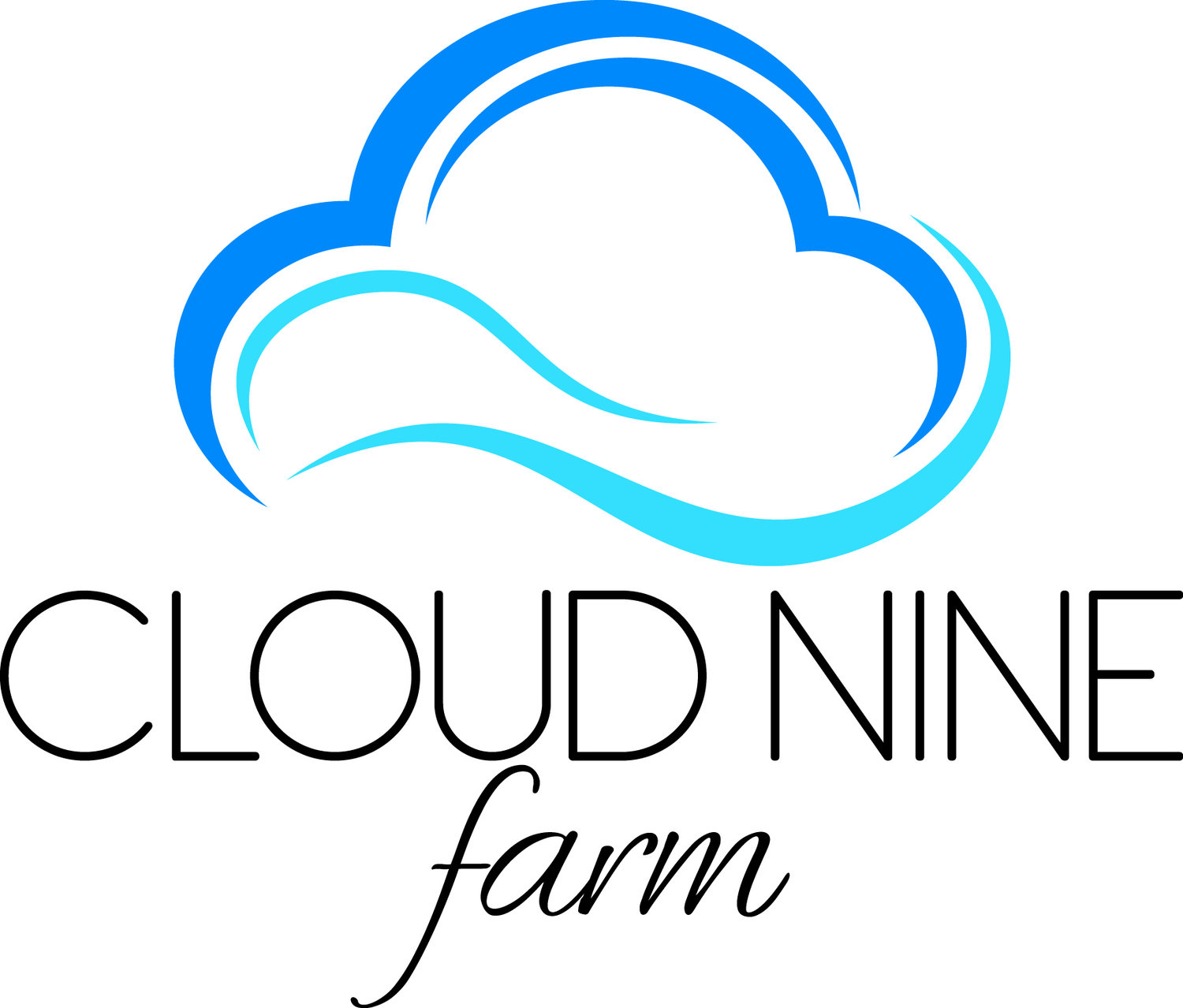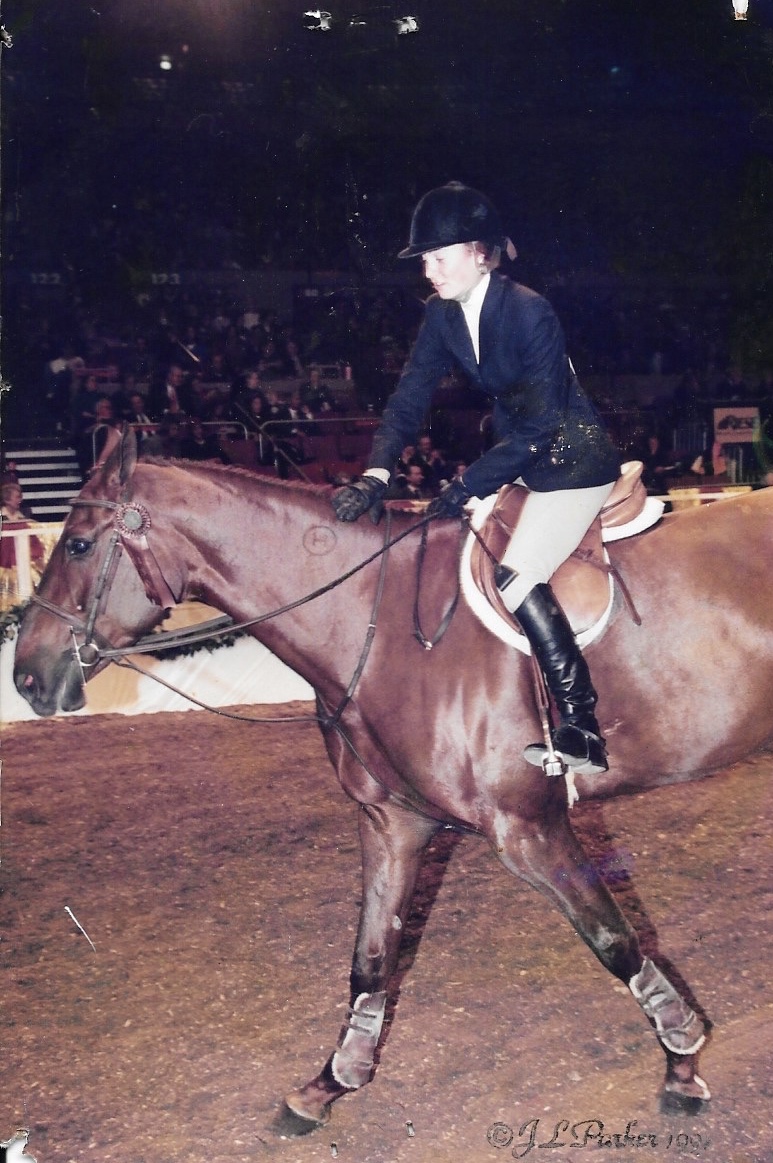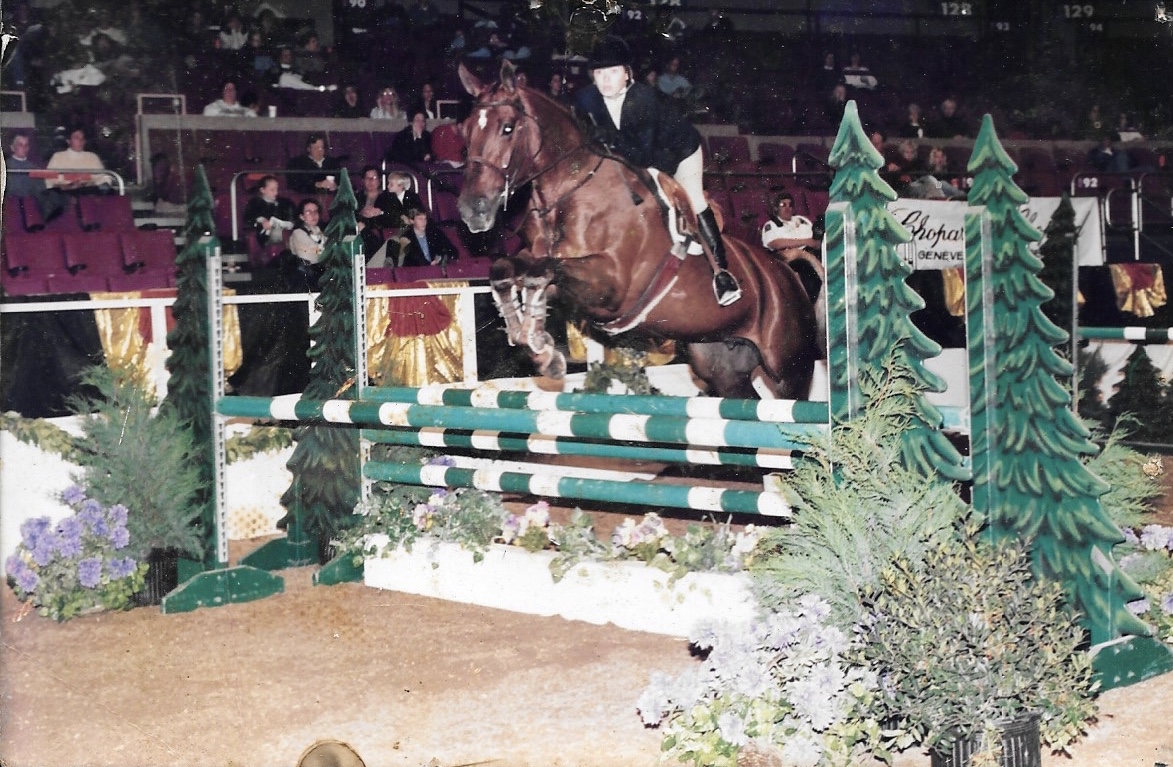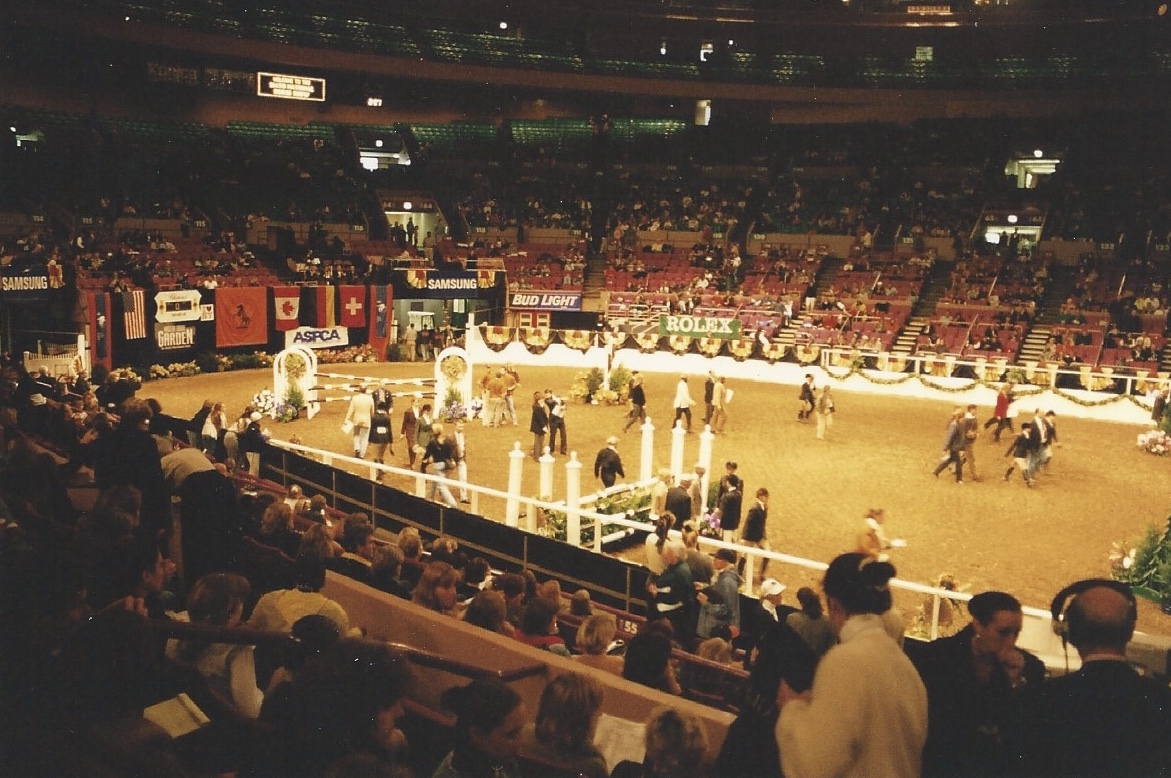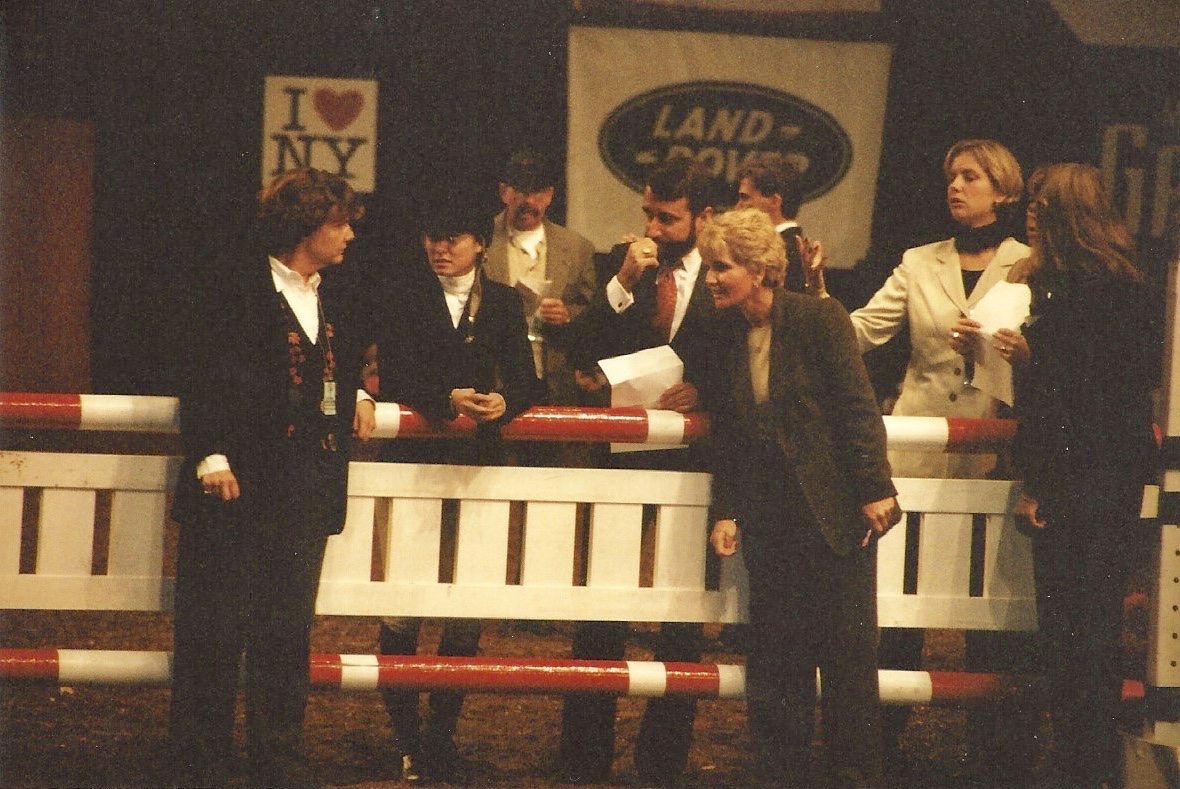How to best take advantage of your horseback riding lessons so you are more prepared for horse shows.
/Cloud Nine Farm, Midway & Lexington, KY
As a professional in the Hunter/Jumper world, I teach a ton of lessons and have a wide variety of students with all different skill sets and levels of experience. I truly enjoy practicing different exercises and seeing my students improve and grow as riders and horsemen. The best kind of student/rider is one that is a sponge and wants to absorb as much information I throw their way. The forward progression in their riding is the result of being focused and applying what I am teaching them. The hardest thing to experience as a teacher is seeing a student make the same mistakes over and over and therefore not progressing or at a snail’s pace. Here are some tips and tricks to help you, “the rider”, take full advantage of all your training and lessons so that you can constantly improve and get better and rock it in the show ring.
Know what type of learner you are
In other words, are you a visual, verbal or physical learner? If you are aware of how you best absorb the information then that will help you pay attention to different aspects of the lesson. For example, I personally am a visual learner and get the most out of watching someone else ride and demonstrate what it is I should be working on. A tip would be to have someone video you while you are riding so you can go home a study your technique. Also, watch as many of the professionals as you can and try to emulate how they ride including their position and style. There are so many places online to find an array of videos to watch. If you are a verbal learner, pay attention to what your trainer is saying and ask questions if you don’t understand something. If you are a physical learner, then give it a go and evaluate afterwards.
Pay Attention in your riding lessons
If your lesson is an hour, you should be prepared to give your trainer and horse your undivided attention for that whole hour. Try your best to leave any stress or distractions you have in your head behind. Your horse needs and deserves your full focus. When you are fully present, you will be more aware of slight changes in yourself and your horse and you will be able to tweak things here and there. When your trainer tells you some specific to do, make sure you are paying attention to the details and don’t be afraid to ask questions.
Watch the others ride and learn from them and their mistakes
When I was a junior rider, I was consistently in lessons with several other riders. I always loved watching the other riders do their courses and learn from what they did. If they made a mistake, I would try to analyze why it happened and if it would effect me and my horse. I would also pay attention to what the trainer was telling the other students but tried to not overthink what was being said to other riders as it didn’t always relate to me. An example would be if another rider had a horse with a short stride and my horse had a huge stride, the lines would ride somewhat differently. That is part of paying attention to details! It is always best to watch other people go and see how the course rides before your turn. If you do have to go first in a group lesson, then make sure you are focused and have a plan.
Get in the zone
This is something that takes some practice but will become automatic once you have done it enough times. Always practice at home as if you are at a competition. As the wise five time Olympian, Anne Kursinski, has said many times, “Perfect practice makes perfect!” When I was showing in the juniors and competed in several equitation classes along with the finals, we paid extra attention to our mental state and on focusing. I learned to go through a checklist in my head before every course so that I made sure I was prepared before picking up the canter. Each rider should have at least three things to think about before starting your course or exercise no matter how basic. If you can even visualize the whole course ahead of time, you will likely have a better round.
Go over what you learned and what you should continue to work on
At the end of each ride, try to analyze the positive and negative things from the lesson. Remember that the negative things should not be a set back but simply a reminder of what you can improve on. Don’t be afraid to ask your trainer for advice or pointers if you are concerned with anything. Try not to overthink a bad lesson. So many times either the rider or horse is just not having a good day and remember that tomorrow you can have another shot. Often times, we can easily end up in a continuous rut if we let our bad experiences get to our head. Try think about what you can improve and also visualize some good rounds and experiences to try to recreate them in future rides.
About the author-
Stevie McCarron Wigley owns and runs a Hunter/Jumper business called Cloud Nine Farm in Midway, KY just 20 minutes from Lexington and competes regularly at the Kentucky Horse Park along with several other facilities around the country. She specializes in beginner to advanced levels from ponies to the Grand Prix ring. If you would like more info about Cloud Nine Farm you can email us at stevie@thecloud9farm.com or visit the website www.thecloud9farm.com
